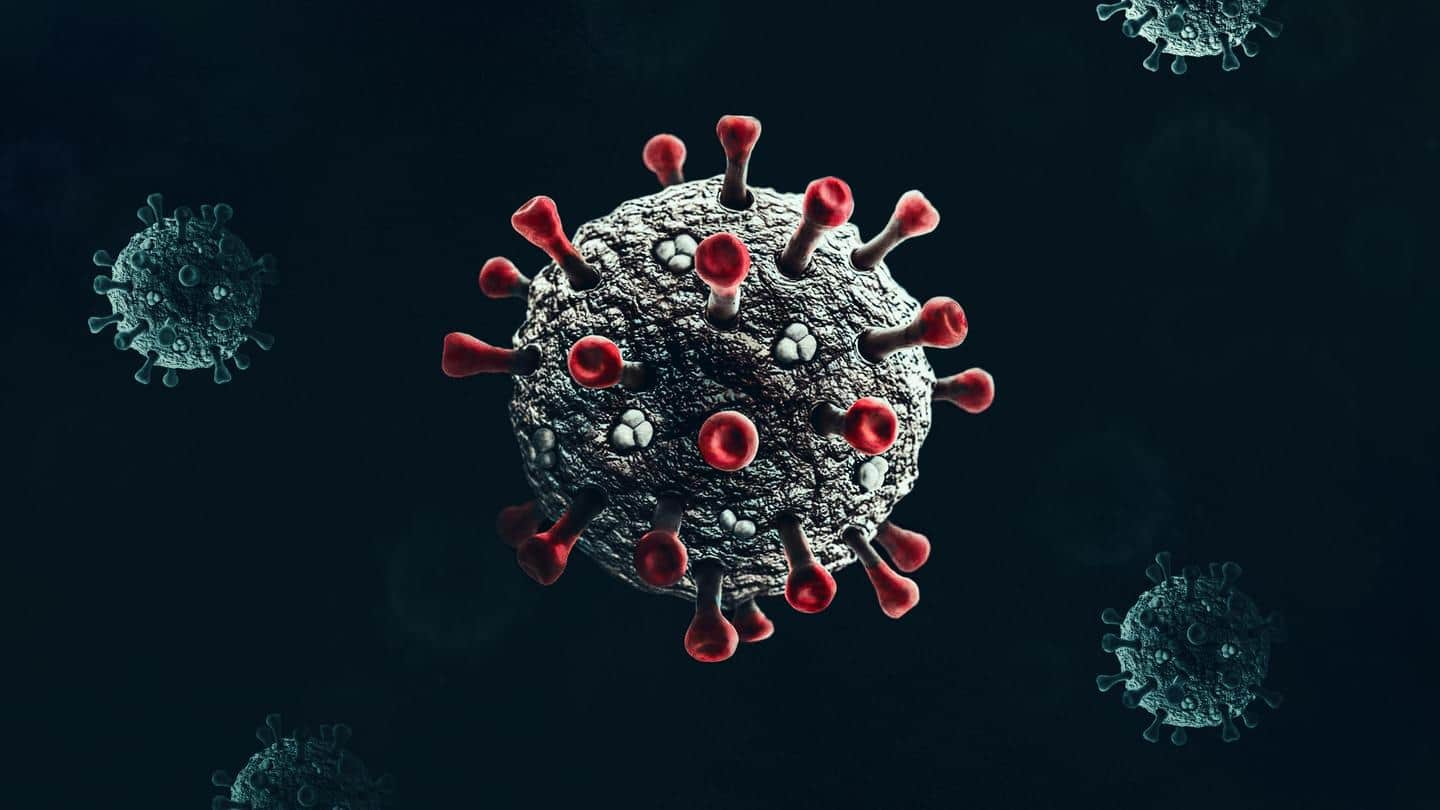
COVID-19: The R-naught of coronavirus in India surges to 1.01
What's the story
The highly infectious Delta variant of the COVID-19-causing virus, SARS-CoV-2, in India has triggered a rise in the R-value or R-naught—which denotes the effective transmission factor—to more than one.
At present, as many as 10 states in the country have an R-naught higher than 1.01—the national average. To note, the R-naught for India was 0.93 around a month ago.
Here are more details.
Details
A combination of epidemiological factors explain the risk: NIE Director
On the rising R-value, Dr. Manoj Murhekar, Director of National Institute of Epidemiology (NIE), said, "A combination of epidemiological factors including infection growth rate, increasing number of deaths and hospital occupancy rate explain the risk."
While the current national average of R-naught is 1.01, the value was around 1.4 at the peak of the second COVID-19 wave in May but later declined to 0.7.
Cause of worry?
R-value is high, but that does not indicate risk: Murhekar
While an increase in R-naught is worrying, many experts say a state/district cannot be "red zoned" just because the R-value is on the rise.
"The R-value is high because of the erratic daily numbers, but that does not indicate risk because the percentage of people who test positive over the total number of people tested (test positivity rate) is still low," said Dr. Murhekar.
States
Madhya Pradesh has the highest R-naught value of 1.31
At least 10 states in the country have an R-value more than the national average of 1.01.
While Madhya Pradesh has the highest R-naught of 1.31, that of Himachal Pradesh, Nagaland, and Kerala stands at 1.30, 1.09, and 1.06, respectively.
Both Delhi and Maharashtra have an R-value of 1.01, and the number is higher than one for Karnataka and Andhra Pradesh as well.
About
What exactly is the R-value?
The R-value, or the reproduction number, indicates the rate of spread of a disease or infection among the population. It denotes the average number of people an infected person is likely to spread the disease to.
Currently, the national average is 1.01, which means "one person is infecting more than one person," says Vellore-based senior virologist Dr. T Jacob John.
Risk factor
Risk factor not proportional to R-values of the states
Notably, epidemiologists and policymakers use the R-naught to check if infections are rapidly increasing or declining quickly.
However, the risk factor doesn't seem to be proportional to the R-values of the aforementioned states. For reference, Madhya Pradesh has the highest R-naught value but the state has reportedly been reporting less than 30 COVID-19 cases a day.
Information
India reported 38,628 new COVID-19 cases
Meanwhile, India on Saturday morning reported 38,628 fresh COVID-19 cases in the last 24 hours, pushing the total number of cases to over 3.18 crore. Also, 617 deaths have been recorded in the same period, taking the national death toll to more than 4.27 lakh.